The Grocer’s 2017 Top Products Survey, THE definitive guide to the current state of the UK’s grocery industry
Shrinkflation has a lot to answer for. First thing it does: lowers volumes (they’re down 3.5%). Worse, this cost engineering - sometimes dressed up as a health and wellbeing move - alienates customers when they find out, which they almost always do, and that’s dangerous when there’s a war on sugar going on.
A quick glance down the bestsellers list reveals the scale of the problem. Just two of the products in the top 10 are in growth (Lindt Lindor and Celebrations) and all the big players are finding life difficult right now. The 16 Mondelez products in Nielsen’s top 50 are down 1.2% combined on volumes down 4.1%; Mars’s 10 bestsellers have lost 1.4% in value and 4.7% in volume; Ferrero’s four bestsellers may be up 4.2% in value but that’s driven by price (volumes are down 1.8%).
Data Box
Top 20 Chocolate Sales
The relative successes of Celebrations and Lindt Lindor can at least in part be attributed to two key trends: sharing and premiumisation. As the sector’s giants lose sales, smaller, artisan players such as Choc on Choc are in growth. Yet they’re battling the same headwinds as everyone else. “Consumers are becoming increasingly informed about sugar and the negative impact of excess sugar consumption,” says co-founder Flo Broughton.
The British Medical Association has called for a minimum price on confectionery. The Committee of Advertising Practice has banned ads for unhealthy treats from online, print and cinema, and Action on Sugar insists next April’s sugar levy be extended from soft drinks to chocolate and other sweets.
Not that the impending sugar tax hasn’t already had an effect on chocolate. It has already warped consumer perceptions of the category, says Nielsen analyst Greg Neale. “While the sugar tax specifically affects the soft drinks category, 60% of shoppers believe chocolate is affected. Health remains a big barrier for chocolate, and one that is hard to overcome due to the nature of the category.”
People’s growing concern about sugar isn’t the whole story though. “We’re operating in a much tougher trading environment, with uncertainty created by Brexit, declining disposable income and rising commodity costs,” says Ferrero customer development director Levi Boorer. “These trends have contributed to a decline in impulse purchasing.”
Certainly, the shift in the mults from chocolate countlines at the tills to healthier snacks has forced a cutback in impulse buys, as has the wealth of alternative snacks offered to a population seemingly on the go non-stop.
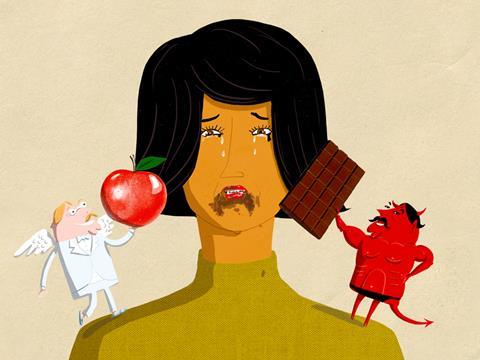
“The removal of countlines from checkouts; shoppers’ substitution of countlines with products like cereal bars; snacking buying occasions moving from multiple retailers to other outlets such as coffee shops; and the volume and nature of the health and obesity messages have all played a part,” says Monty Bojangles founder Andrew Newlands.
But it’s not all doom and gloom. Larger formats for the increasingly popular ‘big night in’ occasion are where it’s at, insists Francesco Vitrano, marketing activation director for chocolate at Mondelez, which this year poured a raft of Cadbury brands into bags of bitesize treats, including Fudge, Curly Wurly and Picnic. Double Decker has been available in such a format for longer, and this year put on an extra £4.7m in sales. “Bags are driving the growth for standard chocolate,” says Vitrano.
Similarly Mars Chocolate has expanded its ‘more to share’ offers.
Some of those bigger packs, however, aren’t quite as big as they used to be, or as good value because of shrinkflation. Mondelez infamously cut the 400g bar of Toblerone to 360g and the 170g to 150g last autumn, turning them into ‘toast racks’ due to the extra space between the ‘mountains’. Then Mars got in on the action, cutting the 135g pack of Maltesers to 121g and trimming Galaxy Counters from 126g to 112g.
The moves are understandable to some degree in the face of rising commodity costs following the 2016 Brexit vote. “Mainstream chocolate typically has a pricing strategy of around the £1 mark. In order to maintain the same price point and remain profitable, some manufacturers have reduced packaging weights, and this trend towards this ‘shrinkflation’ has prompted consumers to voice their frustration,” says Nielsen’s Neale.
“It’ll be interesting to see if manufacturers switch their strategy to increase weight followed by increased prices in response to the negative attention shrinkflation has received,” he adds.
Savvier suppliers have responded differently. “Many are cautious and expect inflation to have a negative effect on sales while raw materials continue to be expensive due to the fall in the pound,” says Andrew Whiting, chairman of Beech’s Fine Chocolates. “This pessimism was the reason why we launched higher value products to maintain share and margin for ourselves and customers.”
Indeed the premiumisation trend has meant artisan brands are enjoying a boom. “Chocolate is experiencing the beginning of a third wave similar to craft beer and popcorn - categories where people are experimenting with surprising flavour combinations and origins of ingredients,” says Divine Chocolate marketing director Charlotte Green. “Dark chocolate is a big part of this movement, as the flavours are richer without milk in the ingredients. Its rich taste helps you slow down and cherish each mouthful; you can eat a smaller portion while experiencing the full flavour of cocoa.”
For mainstream brands, however, future growth will depend on drumming up more excitement for a category that consumers are engaging less and less with. “Innovation is a real growth driver for the confectionery market with shoppers constantly on the lookout for something new to try,” says Boorer.
Consumers are at the heart of everything Mars does, claims brand and trade PR manager Lauren George “We are always looking to tap the latest consumer needs through product innovation and reviewing our portfolio to ensure it caters to the demands of our audience.” That meant tapping demand for healthier snacks with the launch of the Goodness Knows fruit and nut bar - and taking a minority stake in Kind Snacks.
The road of NPD is one well travelled. And rather than worrying about millennials, the 50-plus demographic could be the answer. Middle-aged shoppers are the people to focus on in 2018, says Karen Crawford, MD at Elizabeth Shaw. Brands have neglected them - but the 50-plus consumer is “more affluent, more exploratory; bolder, fitter and wilder. We’ll see a big shift next year in how that consumer is targeted.”
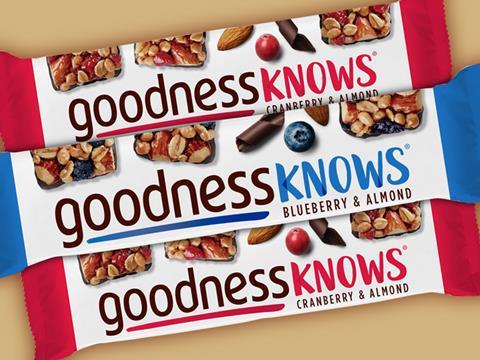
Goodness Knows by Mars
The first new range from Mars Chocolate in 20 years marks the giant’s first move into healthier snacking. Unveiled in July, Goodness Knows’ three variants are only about 19% dark chocolate. The rest is fruit, nuts, crispy rice and oats, providing no more than 160 calories. That’s about 40kcal for each of the four squares in the bar - aimed at “snacking throughout the day”. Goodness Knows is also the first Mars brand with a charitable aspect: 10% of profits go to good causes.
Topics
The Grocer Top Products Survey 2017: Up!
- 1
- 2
- 3
- 4
- 5
- 6
- 7
- 8
- 9
- 10
- 11
- 12
- 13
- 14
- 15
- 16
- 17
- 18
- 19
- 20
- 21
- 22
- 23
- 24
- 25
- 26
- 27
- 28
- 29
- 30
- 31
- 32
 Currently reading
Currently readingConfectionery: chocolate in a jam as war on sugar hits
- 33
- 34
- 35
- 36
- 37
- 38
- 39
- 40
- 41
- 42
- 43
- 44
- 45
- 46
- 47
- 48
- 49
- 50
























































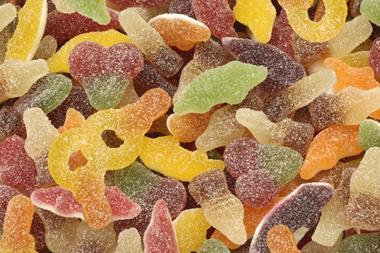
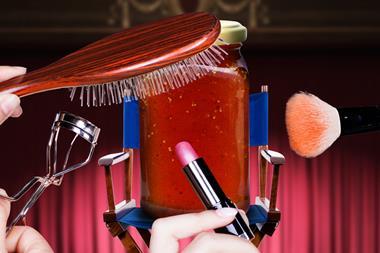
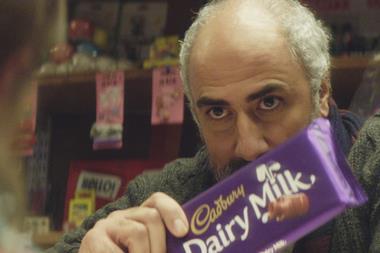
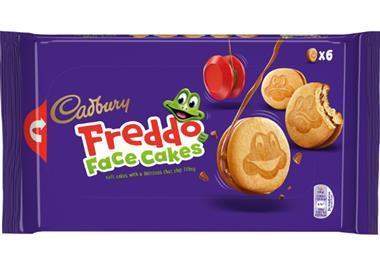
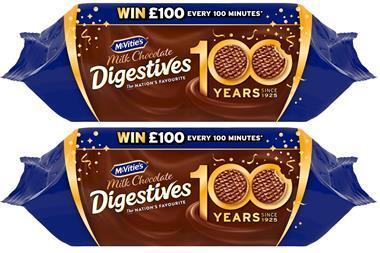
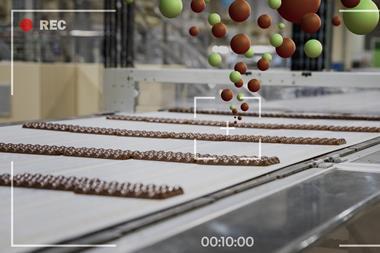






No comments yet